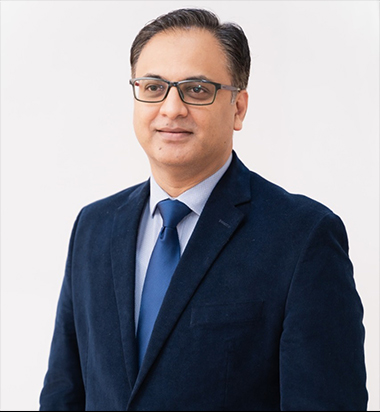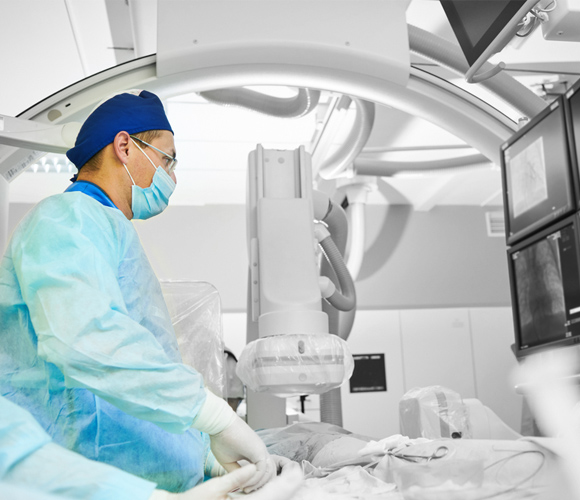- ABOUT US
- SERVICES
- NEUROLOGY-NEUROPHYSIOLOGY
- ANGIOGRAPHY
- OUTREACH
- HEALTH, WELLNESS AND LIFESTYLE CLINIC
- HOME SERVICES
- ONCOLOGY (CANCER FACILITY)
- ORTHOPEDICS
- OUTPATIENT CLINICS
- OUTREACH PACKAGES
- VACCINATION CENTER
- INFECTION CONTROL UNIT
- INTERVENTIONAL RADIOLOGY
- PAEDIATRICS
- PHARMACY
- PHYSIOTHERAPY
- PULMONARY FUNCTION TESTING (PFT)
- CARDIAC ARRHYTHMIA SERVICES
- CLINICAL LABORATORIES
- CRITICAL CARE
- DENTISTRY
- DIALYSIS
- KIDNEY TRANSPLANT
- RADIOLOGY
- EMERGENCY
- ENDOSCOPY
- ENT
- LITHOTRIPSY
- LIVER TRANSPLANT
- SPEECH LANGUAGE THERAPY
- SURGERY AND ALLIED
- MEDICINE AND ALLIED
- GYNAECOLOGY AND OBSTETRICS
- NUCLEAR MEDICINE
- DERMATOLOGY
- RHEUMATOLOGY
- BARIATRIC SURGERY
- FOR PATIENTS
- FOR DOCTORS
- APPOINTMENT
- ONLINE REPORT
- E PHARMACY
- LOCATIONS
- CAREER
- CONTACT US
INTERVENTIONAL RADIOLOGY
INTERVENTIONAL RADIOLOGY
Interventional Radiology at Dr. Ziauddin Hospital is a modern medical field that uses imaging to diagnose and treat conditions without major surgery. It’s a safer and less invasive option compared to traditional open procedures. Using tools like X-rays, MRIs, and ultrasounds, our radiologists guide thin needles and small tubes through tiny cuts in the skin. This helps treat conditions inside the body quickly and with less pain. As a result, patients often heal faster and avoid long hospital stays.
Advanced Treatments with Interventional Radiology
Interventional Radiology at Dr. Ziauddin Hospital offers a modern, less invasive way to treat a wide range of medical conditions. This technique uses advanced imaging tools—such as ultrasound, X-rays, MRI, and CT scans—to guide tiny instruments like needles, tubes, or catheters directly to the area of concern.
Instead of undergoing major surgery, patients can now benefit from image-guided procedures to treat or remove tumors, open blocked blood vessels, and manage complex conditions like liver cancer and diabetic limb salvage. For example, balloon angioplasty is used to open clogged arteries, and in liver cases, tumors can be precisely targeted and treated using heat (ablation), avoiding the need for large incisions.
Patients with irregular fistulas or diabetic wounds that threaten amputation also find relief through this safe and accurate method. Interventional radiology is changing the game in patient care—making treatments faster, safer, and easier.
Who Performs These Procedures?
Interventional radiology is performed by highly trained specialists. These may include radiologists, vascular surgeons, or neurosurgeons who’ve completed specialized training and fellowships in this field. With the increasing demand for safer and more efficient treatment options, many experts now prefer interventional radiology over conventional surgical methods.
Why Choose Interventional Radiology?
Compared to traditional open surgery, interventional radiology offers several advantages:
Minimally invasive procedures
No large incisions or visible scarring
Often no need for general anesthesia or sedation
Reduced pain and blood loss
Shorter hospital stays—or none at all
Faster recovery and return to normal life
Lower risk of complications
BOOK AN APPOINTMENT
Contact our friendly Reception Staff With any Inquiry.
A. Yes, Interventional Radiology is considered very safe. It’s less invasive than open surgery, which means fewer complications, less pain, reduced infection risk, and faster recovery.
A. Not at all. Most procedures involve only mild discomfort. Since they’re minimally invasive, you’ll feel much less pain compared to traditional surgery, and recovery is typically faster.
A. Interventional Radiology can treat tumors, blocked blood vessels, uterine fibroids, varicose veins, liver cancer, and complications related to diabetes, such as saving limbs from amputation. It’s also used for biopsies, draining fluids, and managing pain.
Meet the Oncology Leadership Team

Dr. Adnan A Jabbar

Dr. Adnan A Jabbar

Dr. Adnan A Jabbar

Dr. Adnan A Jabbar
Video Gallery


Telephone No.021-111-942-942


